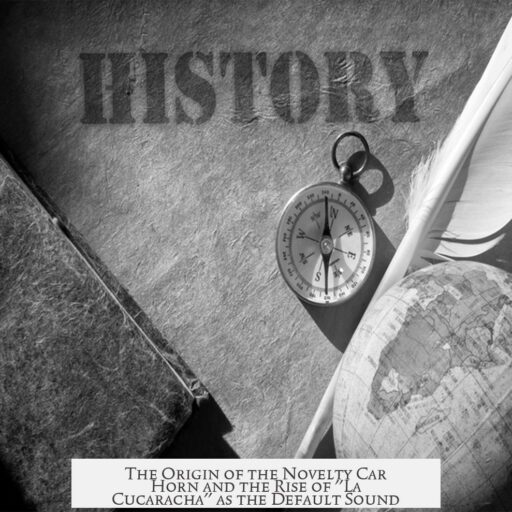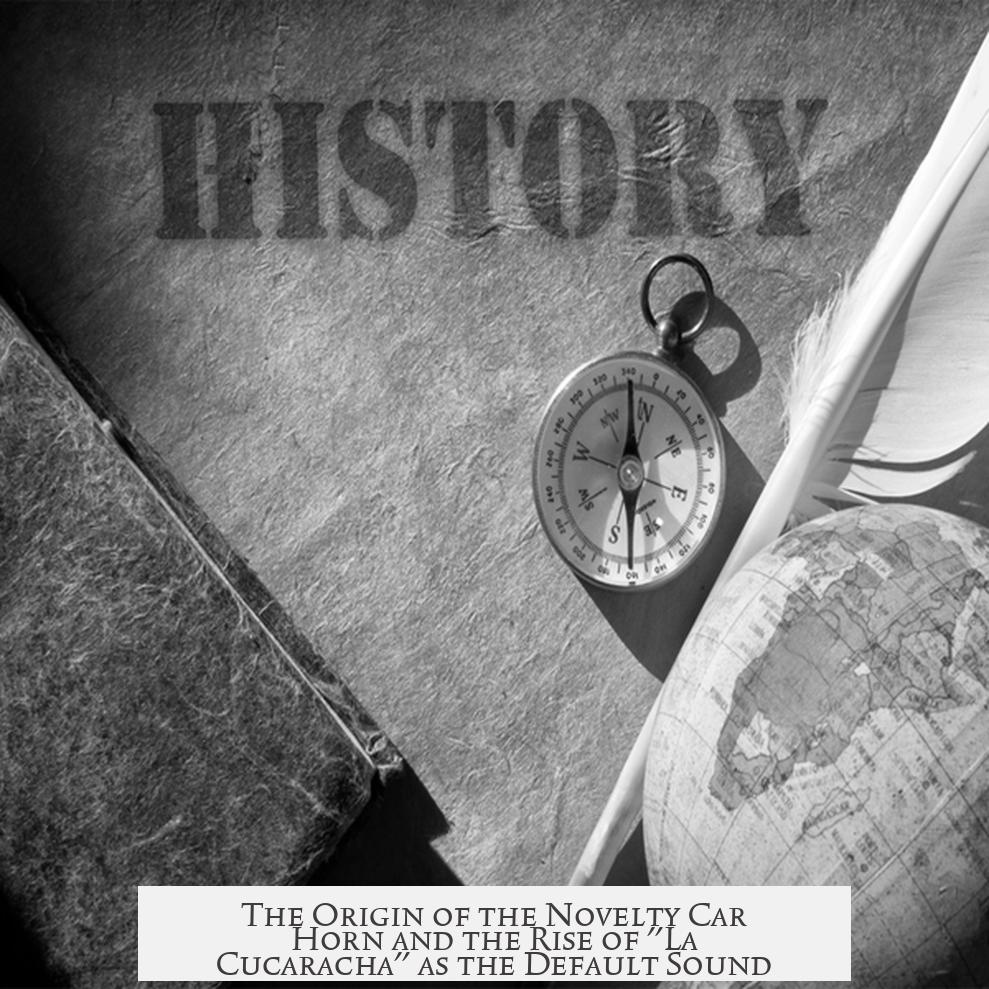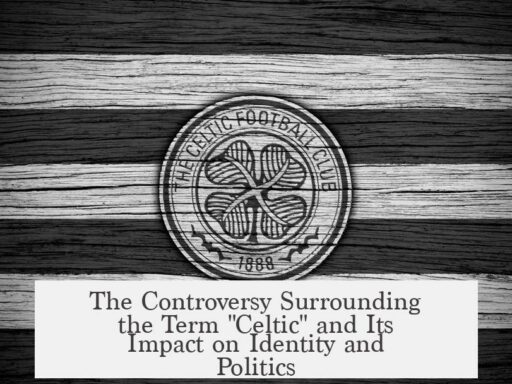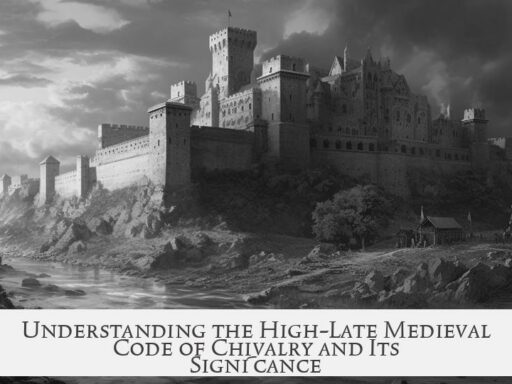The novelty car horn originates from early automotive horn experimentation in the late 19th and early 20th centuries, evolving from simple signaling devices to musical horns in the late 1960s. “La Cucaracha” became the default novelty horn tune primarily due to early commercial adoption, cultural associations, and media exposure.
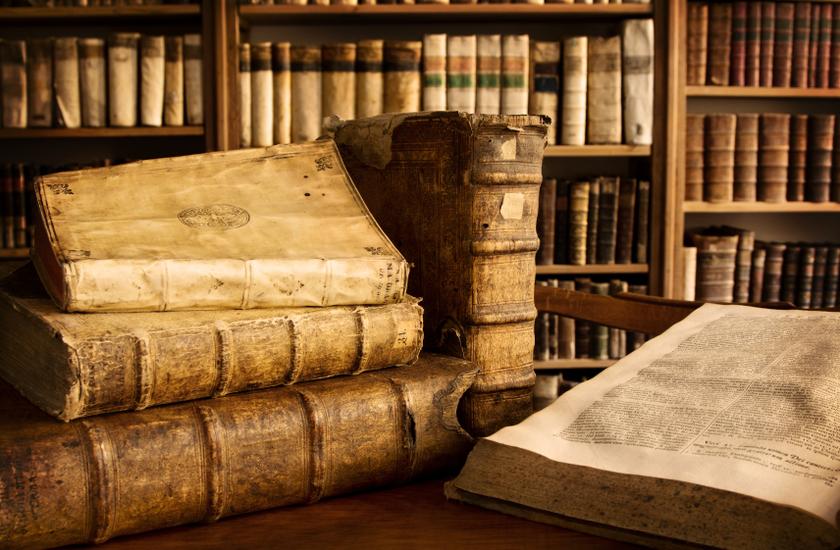
Early car signals were diverse, including bells, whistles, and horns. In 1865, the Locomotives on Highways Act mandated self-propelled vehicles be preceded by a person signaling with a horn or flag. Initially, bells dominated in the U.S., but their sound easily blended with other noises. This led to the adoption of bulb horns, which produced clearer, more identifiable sounds.
The Gabriel horn, devised by Claud Foster, marked one of the earliest experiments with a musical car horn. Its design used car exhaust blown through pipes to imitate trombone tones. Despite these innovations, car horns remained mostly utilitarian. By the 1930s, U.S. car horns standardized into a two-note sound using E flat and C notes, a balance between attention-grabbing and ear-pleasing.
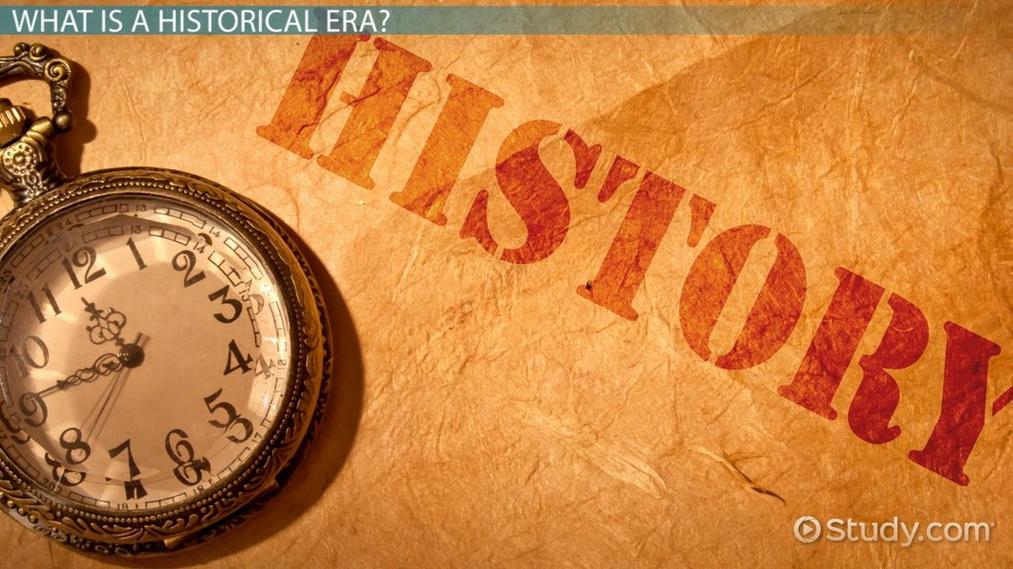
Musical car horns gained popularity in the late 1960s and early 1970s, especially with the Plymouth Roadrunner’s custom horn—one of the first official commercial musical horns. Their novelty led to bans by the European Economic Community by 1971 because of concerns over noise pollution.
Fiamm, a manufacturer, later offered several musical horn options, including “Colonel Bogey,” “Never On Sunday,” “Lili Marlene,” “O Sole Mio,” and notably, “La Cucaracha.” While explicit reasons for song choices are undocumented, likely factors include simple, recognizable melodies fit for horn format. “La Cucaracha” gained popularity due to its strong ties with Looney Tunes, particularly Speedy Gonzales, a character symbolizing speed and agility.
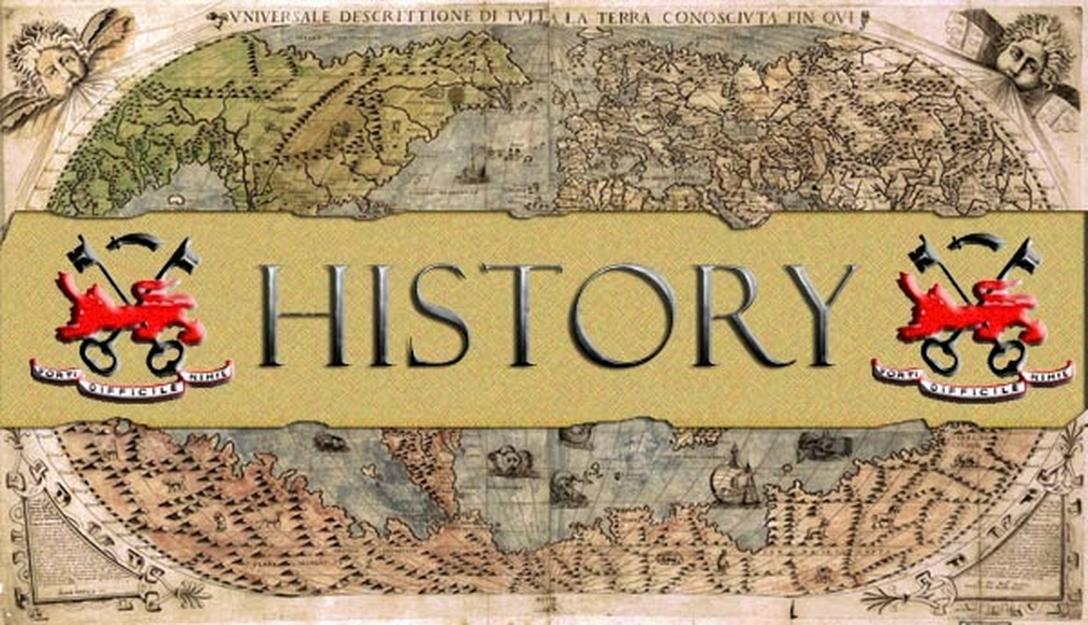
Cultural resonance also played a role. The Chicano community, fond of muscle cars, found “La Cucaracha” relatable. Other tunes catered to ethnic identities—”O Sole Mio” for Italians and “Never On Sunday” for Greeks. Over time, “La Cucaracha” maintained dominance through early market entry, repeated media appearances, and cultural familiarity.
| Aspect | Details |
|---|---|
| Early Signals | Bells, whistles, early bulb horns, mandated signals |
| Gabriel Horn | Musical attempt by Claud Foster using car exhaust |
| 1930s Standardization | Two-tone horns using E flat and C |
| Musical Horns Emergence | Late 1960s-70s; Plymouth Roadrunner influence |
| Fiamm Musical Horns | Several ethnic and popular tunes including “La Cucaracha” |
| “La Cucaracha” Popularity | Early market entry, Looney Tunes association, Chicano culture |
- Novelty car horns evolved from basic signals to musical formats by the 1970s.
- “La Cucaracha” became default due to media, cultural links, and simple tune structure.
- Musical car horns reflected ethnic identities and niche audience preferences.
- Early regulations shaped the need for effective, recognizable vehicle signals.
- Musical horns had both commercial appeal and faced regulatory limits due to noise.
The Origin of the Novelty Car Horn and How “La Cucaracha” Became the Seemingly Default
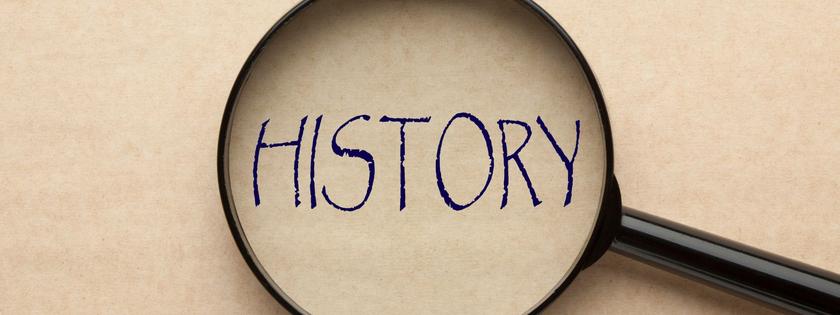
So, where did the novelty car horn come from, and why is “La Cucaracha” practically the national anthem of car horns? The journey starts way back in the 1800s and winds through a quirky mix of safety laws, music, car culture, and pop media to land right on your dashboard today.
Let’s buckle up and take a scenic drive through history.
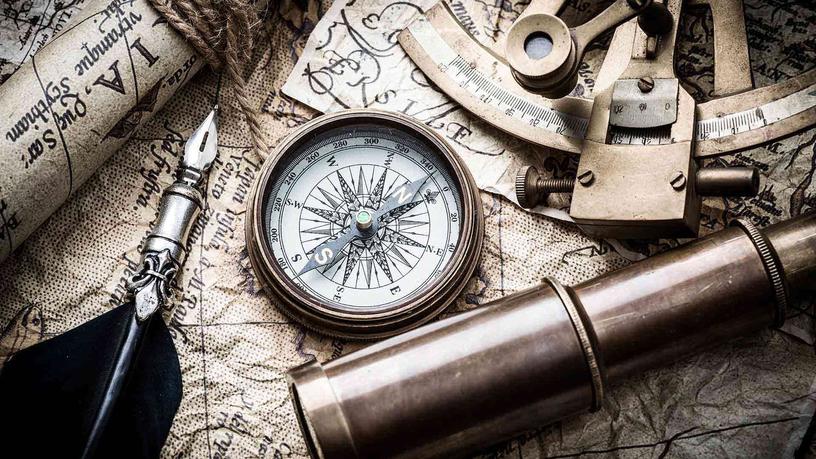
Noise and Safety: The Birth of the Car Horn
Long before cars were common, steam carriages rumbled noisily down roads. Back in 1865, the Locomotives on Highways Act established a crucial safety rule: self-powered vehicles could not just zoom onto public roads unannounced. They had to be preceded by a person waving a red flag and blowing a horn.

This was the original “hey, heads up!”—a primitive version of today’s horns. The exact sounds were all over the map: bells, whistles, and horns competed for attention. In the United States, bells were old favorites but they blended too easily with other noises like church bells or streetcars. Writers of the day suggested bulb horns instead, mainly because their “honk” was a sharper, more unmistakable call.
Enter the Gabriel horn, invented by Claud Foster, a trombone player who hoped to jazz up the humble bulb horn. Instead of air blown by hand, the Gabriel horn used car exhaust through pipes, creating a musical tone. This was one of the earliest attempts at turning a safety device into a novelty.
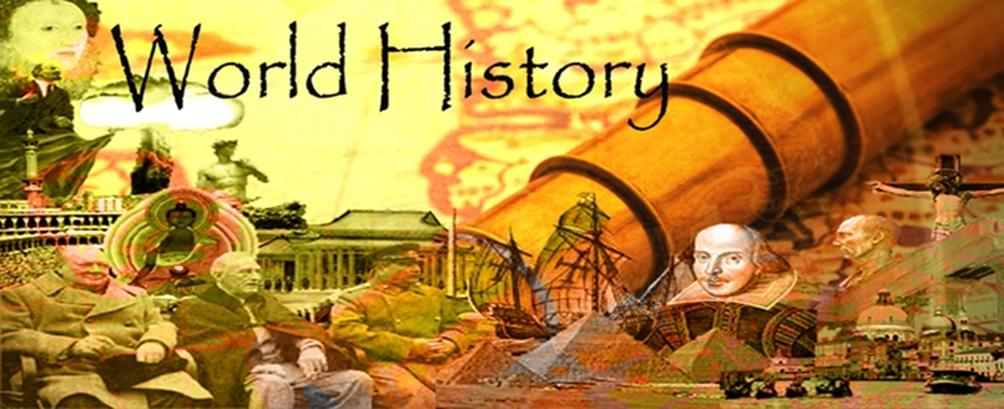
By the 1930s, American car horns had become surprisingly standardized—two pitches, E flat and C, blended for a firm, pleasant sound. But that was just the calm before the horn-tune storm.
The Rise of Musical Car Horns: When Cars Started Singing
Cut to the late 1960s and early 1970s: suddenly, horns started to sing. Musical car horns popped up, adding whimsy and personality to the daily honk. So common did they become that the European Economic Community banned them by 1971—not quite the “safety” shout anymore, but an entertaining distraction.
The Plymouth Roadrunner deserves credit as the pioneer of commercial custom musical horns. This car made horns with music a thing, essentially inventing the novelty horn craze. These horns weren’t just noise; they were brief musical performances.
Why “La Cucaracha”? Tracing a Cultural Phenomenon
Several companies, including Fiamm, began marketing musical horn options with choices ranging from Colonel Bogey to O Sole Mio and Never on Sunday. But none gained popularity quite like “La Cucaracha.”
Why? The answer is a mashup of melody simplicity, cultural vibes, and cartoon fame.
The tune itself is relatively easy to convey with a limited number of notes—perfect for the mechanical limits of early musical horns. But a significant factor was its prominent association with Looney Tunes, especially Speedy Gonzales, the cartoon’s iconic superfast Mexican mouse. The song’s catchy and lively tune made it irresistible as a short musical alert.
The 1970s was also a time when car customization peaked among various cultural groups, including Chicano communities, who had a strong presence in muscle car culture. “La Cucaracha” tapped into this demographic’s identity, becoming more than just a tune—it was a cultural badge.
Fiamm’s marketing cleverly offered identity-based tunes: O Sole Mio for Italian-Americans, Never on Sunday for Greeks, and later on, “La Bamba” for Hispanics and “Dr. Zhivago” representing Russian culture. This branding personalization made musical horns a way for drivers to express their heritage.
The Soundtrack of the Streets: “La Cucaracha” and Pop Culture
Unlike its musical peers, “La Cucaracha” got a head start and stayed ahead, helped enormously by various movie appearances. Its reputation grew to the point that by 1987, in films like The Lost Boys, a warped or broken version of the tune was used for comedic effect. This cemented its status as the default musical horn, much to the chagrin or delight of drivers and pedestrians everywhere.
Think about it: almost every car with a novelty horn seems to have “La Cucaracha.” Why? Because it’s loud, recognizable, culturally resonant, and guaranteed to grab attention instantly.
So What Does This Mean for Drivers Today?
If you’ve ever rolled your eyes at a sudden “La Cucaracha” blast from a nearby car, you’re part of a layered story. It’s not just random noise; it’s decades of history mixed with cultural expression, safety, technology, and a pinch of cartoon charm.
Want to add your own personality to your car horn? Think about what your tune says. Are you shouting for attention or sharing your roots? Remember, too flashy might get banned; too familiar might blend into the background.
And here’s a pro tip: musical horns, despite their charm, can be distracting or annoying. Use them sparingly unless you want to recreate the soundtrack of a 70’s muscle car chase.
Conclusion: The Humble Horn With a Big Personality
In the end, the novelty car horn’s origin is a tale of necessity evolving into playfulness. Early laws created the need for noise, inventors tinkered with tone and melody, and cultural trends gave “La Cucaracha” its starring role. Today, it rides shotgun in our daily commutes as both a quirky nod to history and a fun way to say “hello” or “watch out!”
Next time you hear that melody honking from a car, you’ll know it’s more than just a tune—it’s a tradition on wheels.
